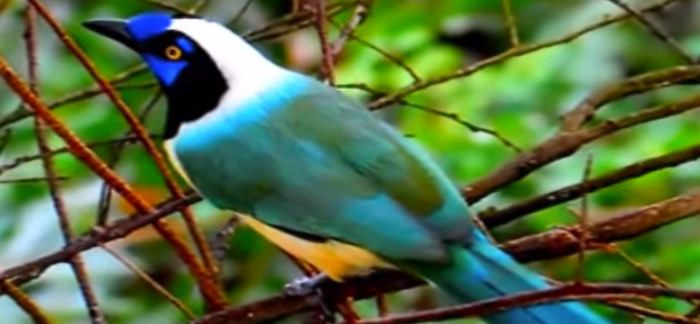Deciduous forests are filled with trees that lose their leaves as the Autumn season rolls around. The trees stay bare through the cold months and then grow new leaves as Spring arrives. Although these forests aren’t the largest biome on the planet, deciduous forests can be found from China to Europe and everywhere in-between from East to West. Here are even more interesting facts about this colorful forests to consider too.
1. The Seasons Are Regular
Most deciduous forests get to see 4 seasons each year and each season typically lasts about 3 months. Certain regional discrepancies can change how the seasons manifest themselves in this zone. Coastal forests, for example, tend to receive more rainfall and a more temperate climate that reduces the seasonal changes.
2. The Animals Camouflage
Almost all of the animals of the deciduous forest utilize some form of camouflage for protection. Insects might look like tree branches, leaves, or other natural components of the forest. Ground animals will be colored like the soil so that they are more difficult to see. This allows them all to hunt more effectively or escape a predator.
3. Lay Some Eggs
Most of the insects of the deciduous forest are unable to survive the changing seasons. When temperatures begin to get colder, the insects will lay eggs before dying. When Spring rolls around, their children will hatch and resume the cycle of life.
4. That’s a Sticky Thought
Many of the trees that can be found in this biome contain sap. The sap is used to help protect the roots of the tree from freezing if temperatures drop far enough down to create cold conditions. Then that sap can be tapped after the cold months end to make some amazing syrup!
5. Rain Rain, Go Away
The only biome that receives more precipitation every year than the deciduous forest are the rainforests. The extra rain creates the perfect climate for growing. With a growing season that is about 6 months every year, the consistent wetness and warm end of Summer months can create lots of fruits and vegetables to enjoy.
6. No More Food
Trees in this forest biome change colors every season because they stop producing chlorophyll. It is part of the winterization process. More resources can go toward insulation and survival and the cycle of life starts over when it begins to warm up.
The deciduous forest is one of the most colorful biomes on the planet today. Filled with wildlife and adventure, the changing seasons create a level of adaptability that makes this part of the planet truly unique.




